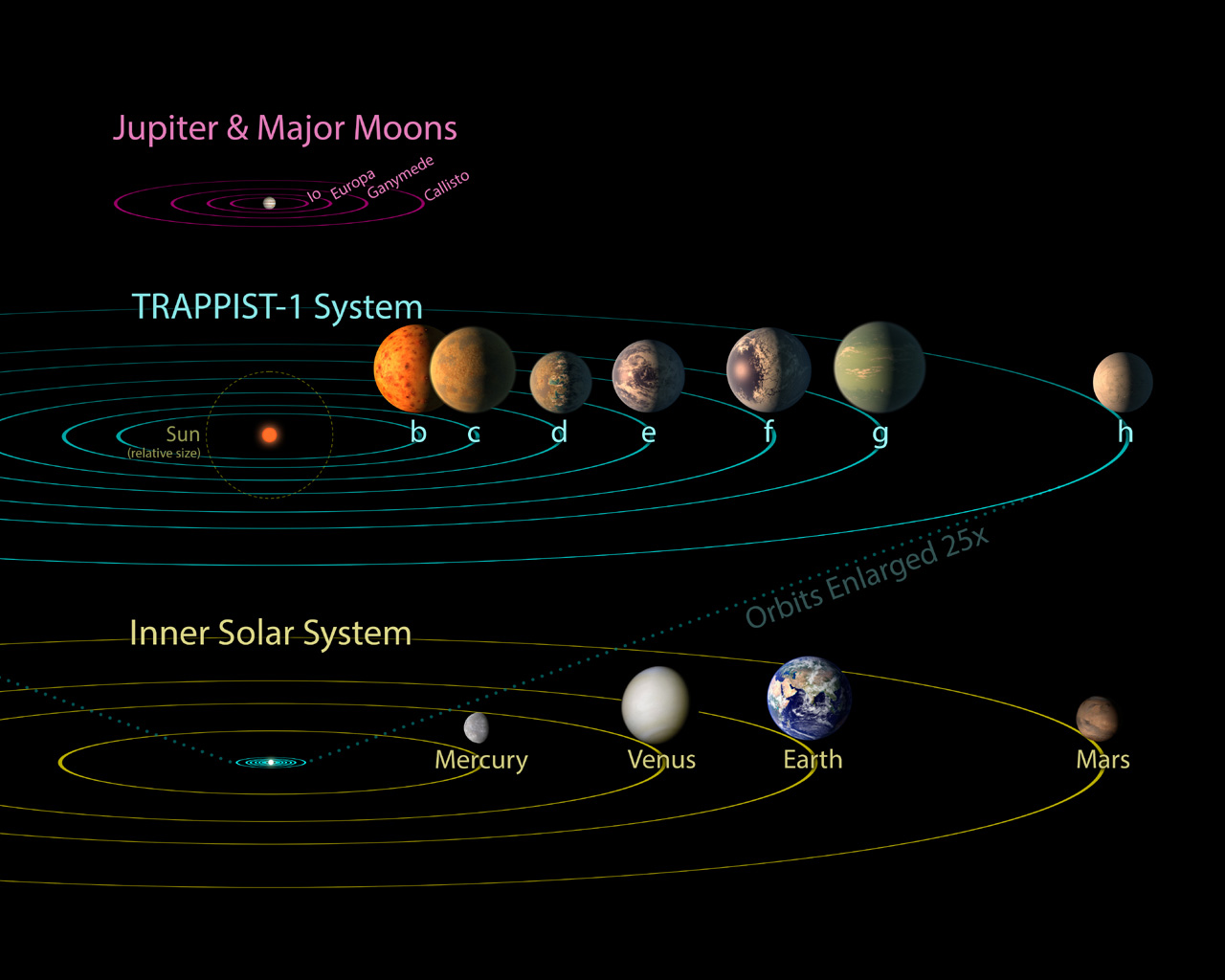- Joined
- Nov 25, 2007
- Messages
- 1,665
- Reaction score
- 13
- Points
- 38
- Location
- Germany
- Website
- www.enderspace.de
- Preferred Pronouns
- Can't you smell my T levels?
An astral travel with an astral camera?They didn't just find them. They already got 360 degrees footage from surface on one of them.:lol:

